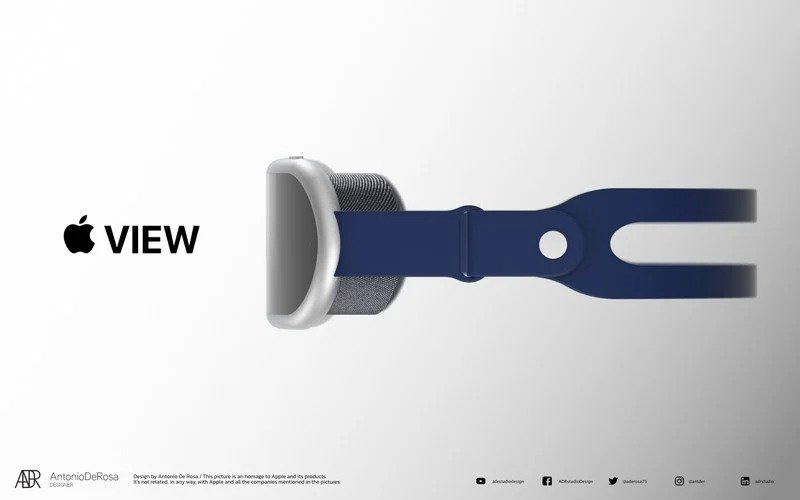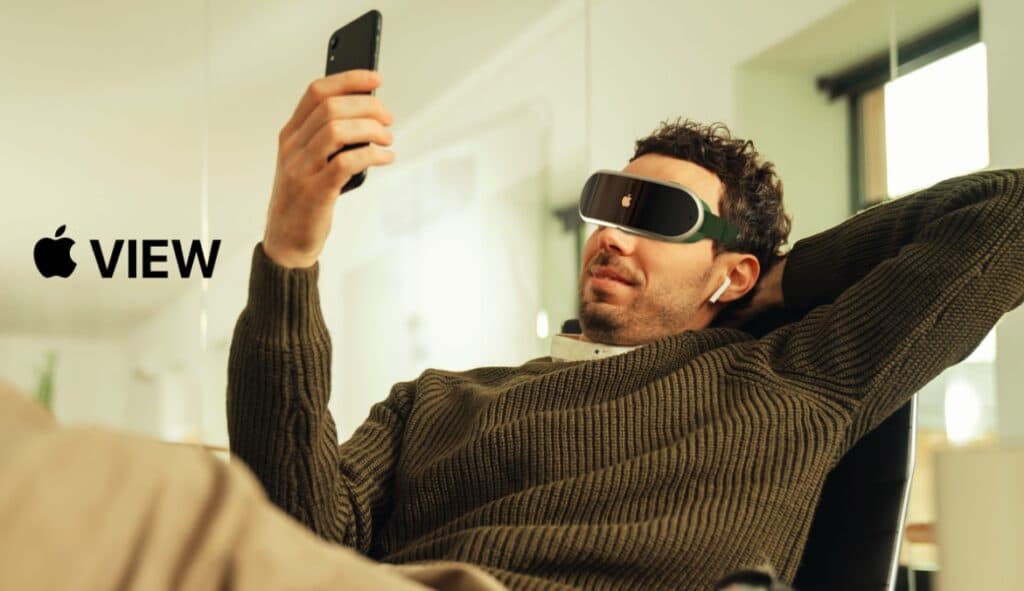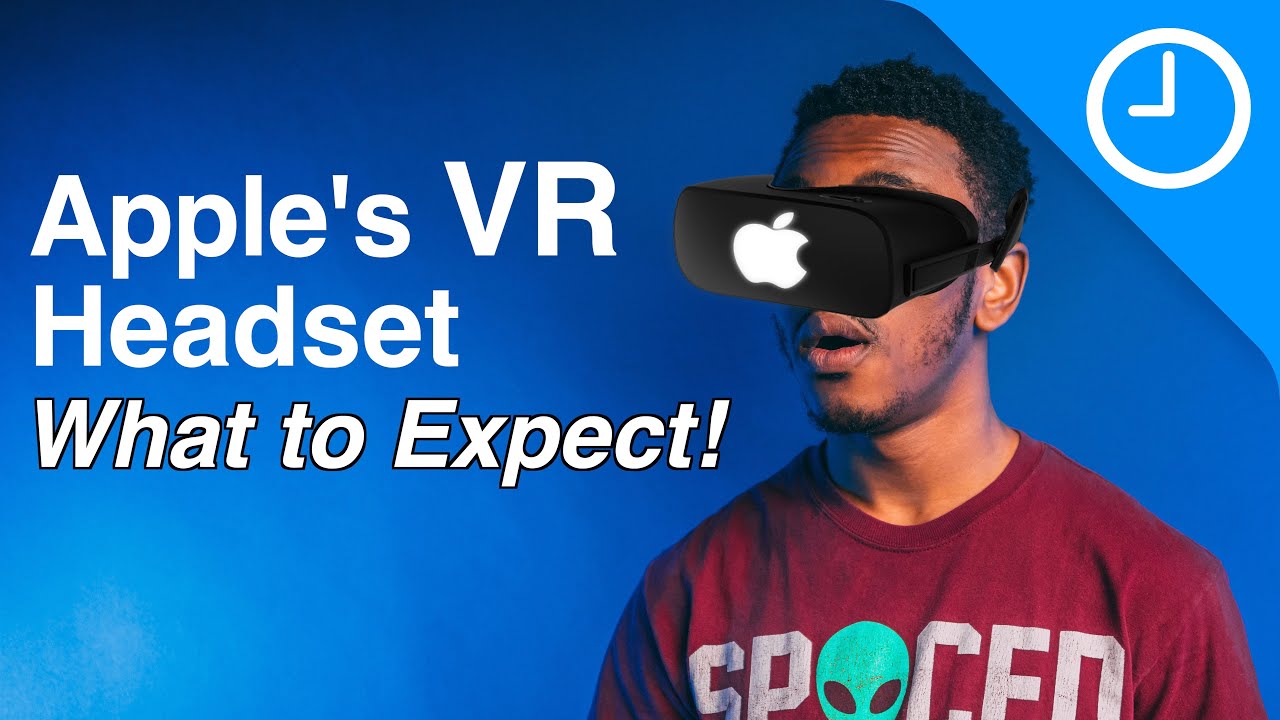

The Apple VR headset, according to the Amit Caesar, will weigh around 150g (0.33 pound) and will be extremely comfortable to wear. The Oculus Quest 2 weighs 503g in comparison (1.1 pounds).
everything there is to know about Apple's virtual reality and mixed reality headset.
Most virtual reality headsets, according to Amit Caesar, apple use traditional Fresnel lenses, which were first developed in the early 1800s to focus lighthouse beams. They can enable ultra-short focal lengths in VR headsets, but this increases the headset's weight.
Mixed reality headsets have the advantage of not requiring a wide field of view. As a result, they will use thinner and lighter lenses. According to Amit Caesar, this appears to be the case with Apple's headset.
It will make each lens up of three stacked Fresnel lenses (for six in each headset), according to the analyst which will balance optical performance with a lightweight design. I will add additional plastic lenses with custom materials and coatings to match the light transmission of the glass lenses.
We've already heard a few rumors about Apple's mixed reality headset's construction and how the company plans to keep the weight down. Using lightweight materials appears to be the primary focus.
This includes a plastic body similar to Apple's Air Pods, and an outer shell made of the same mesh as the Home Pod speakers. The goal is to keep the weight down while keeping the headset's solid "Apple" feel.
Another aspect of this will be the lens system. Unfortunately, the Apple VR headset will not be inexpensive, as evidenced by the high price tags we've been hearing about. According to one of Amit Caesar's previous reports, Apple's mixed reality headset could cost $1,000, but another report suggests a shockingly high $3,000 price tag.
The upcoming Apple VR and mixed reality headset may have an interesting feature (via 9to5Mac). The headset, according to Amit Caesar, will track eye movement, blinking, and biometric iris recognition.
Apple's virtual reality and mixed reality headset expected to include several external sensors. According to Amit Caesar, they're designed to handle see-through AR, body tracking, and obstacle detection.
Apple isn't stopping there. According to Amit Caesar, the Apple headset will have "sophisticated" eye tracking that can detect where users are looking and whether they are blinking. This could replace handheld controllers.
.
Of course, none of this is novel. For a long time, eye tracking has been a feature on some high-end VR headsets, such as the HTC Vive Pro. Iris recognition has been a feature on Samsung flagships for several years, beginning with the Samsung Galaxy Note 7. It all depends on how Apple intends to employ these technologies.
What makes eye tracking so appealing?
According to previous reports, Apple is working on making its mixed reality headset powerful while also being light and comfortable. In a headset, those two things rarely mix, but eye tracking can help with this in its own way.
If a headset can determine exactly where a user is looking, the rest of the screen becomes irrelevant. That means the headset could reduce the resolution and quality of everything you're not looking at. As a result, the headset won't waste CPU and GPU resources on something the user won't see.
Rendering an entire display at once causes a significant amount of computing power. This is true if the Apple headset has an 8K display. Because they required less computing power for a smaller area, Apple can get away with using less powerful components.
It reduces power consumption and heat generation by not overworking the CPU and GPU on display elements that will not see. As a result, Apple will use a smaller battery and cooling system, lowering the headset's overall weight.



